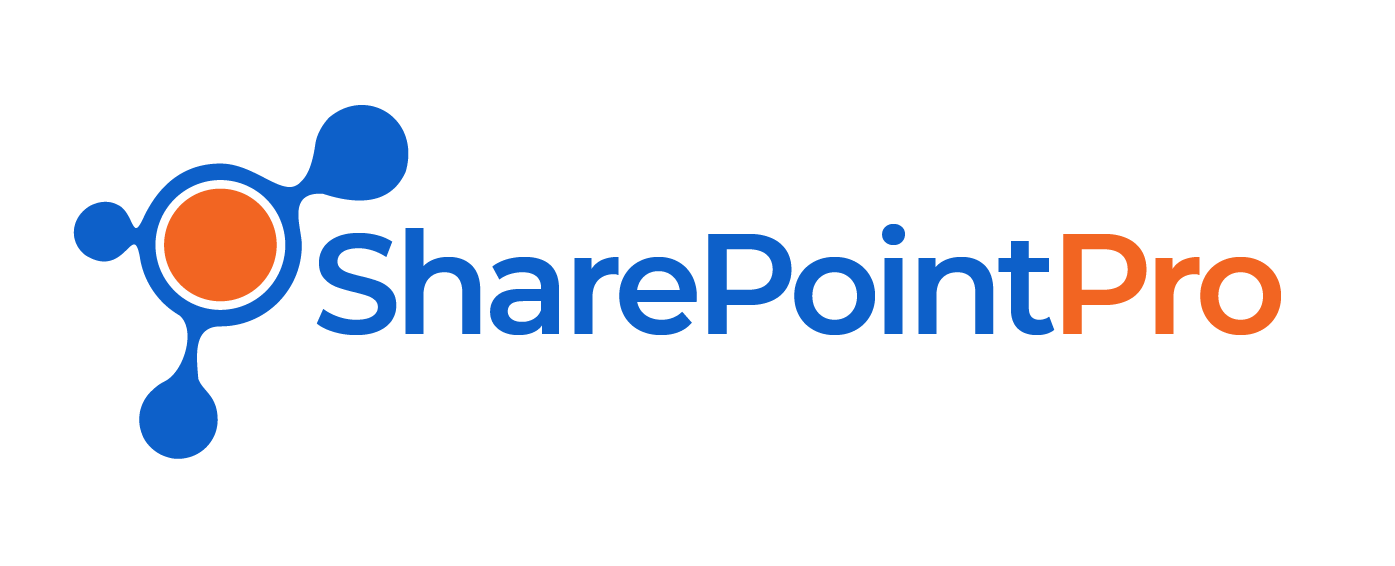
SharePoint Online Vs SharePoint On-Premises
SharePoint online is a multitenant offering by Microsoft designed to meet the needs of most companies document management requirements. Technical documentation references huge capacity capabilities well beyond the scope of most SharePoint sites however real-world practical use does expose additional limitations.
Performance
The most prominent disadvantage of SharePoint online is form load times, query times and workflow performance. There are several design considerations to improve this performance including reducing unnecessary form complexity and reducing the size of queries by querying against indexed columns but side by side, a dedicated SharePoint implementation is a far more responsive experience even with low data elements. Our recommendation is to perform some practical performance tests to ensure that Office 365 will meet your performance expectations. We believe SharePoint Online performance is probably comparable to most SaaS offerings, but poor design can slow performance significantly
Ultimately the internal design of the datasets and design of the forms will have the most significant effect on performance, and we endeavour to ensure the design meets your performance expectations.
We have experience with very complex SharePoint environments with large lists and complicated forms and while this may not relate specifically to your own environment, when scaling, these considerations and risks should be known. There are some practical limits which should be recognised and understood prior to development and or the risk that your development requirements supersede your initial expectations over time, this may need to be revisited down the track.
Support
Support for Office365 SharePoint online is reasonable for general service issues however if you plan to setup a particularly complicated site with large workflows, lists and/or libraries be prepared to wait and/or end up solving the issue yourself. I am sure you have been in the situation yourself where you have exhausted hours of Google searches and investigation into an issue to be greeted by a support consultant who asks you the SharePoint equivalent of “have you turned it off and then back on”. In their defence on the occasion it can be easy to overlook simple solutions to complex problems but getting you to a real expert takes a number of escalations and if you have a live system which is affecting business productivity this can take excessively long and be frustrating.
You do not have access to the ULS logs in SharePoint online
If you have ever seen the ‘Something went wrong’ message in SharePoint, you can expand the message to see a correlation ID. This correlation ID identifies a chain of logs messages associated with a particular function used to help troubleshoot the root cause of the issue. The Unified Logging System (ULS) in SharePoint is a transient record of SharePoint activity and a go-to for troubleshooting. You can request a correlation ID chain from SharePoint online support but expect additional delays and it may not have the answer you are looking for.
You do not have transparency or control over updates
After many months or years after trouble free operation suddenly your workflows stop working. After many hours of investigation, then days getting slowly escalated through the support hierarchy Microsoft’s final solution is to use less date/time calculations in your workflows. Despite not being throttled by SharePoint Online you now have to re-engineer a highly complicated workflow which has worked for months without any changes, test, debug and deploy. Logic would dictate that in the absence of changes on your end, the change occurred on their end. Transparency is murky as updates may occur months apart in different SharePoint farms across their Office365 offerings and server geographical locations.
Value
This article may sound anti-Office365 SharePoint online but the remaining weight for the argument for SharePoint Online is solely carried in its value. SharePoint online more than meets the requirements of most businesses’ application of SharePoint. It is a component of a service you are probably already subscribed to and thus its utilisation has zero net subscription costs, the only costs are your time and the costs of customisation. You are using an advanced product hosted on servers and managed by teams of engineers in a high availability environment with state-of-the-art security for essentially no net cost.
In the case that the performance does not meet your expectations, or it makes business sense to expand capabilities beyond SharePoint online you would expect the cost to buy and implement an on premises / hybrid SharePoint environment, hardware and licensing cost to exceed $150,000, in addition to maintenance, backup and hosting (not in a high availability environment, expect 24hr recovery time). You should expect this system properly maintained to see up to 10 years of service until Microsoft stops supporting your software versions.
So use the SharePoint online product associated with your Office 365 subscription as it provides exceptional value on a very comprehensive intranet and document management solution for your business but be aware, there are limits to its capability and there is still a place for self-managed and or on premises SharePoint farms in larger or more complicated environments.
